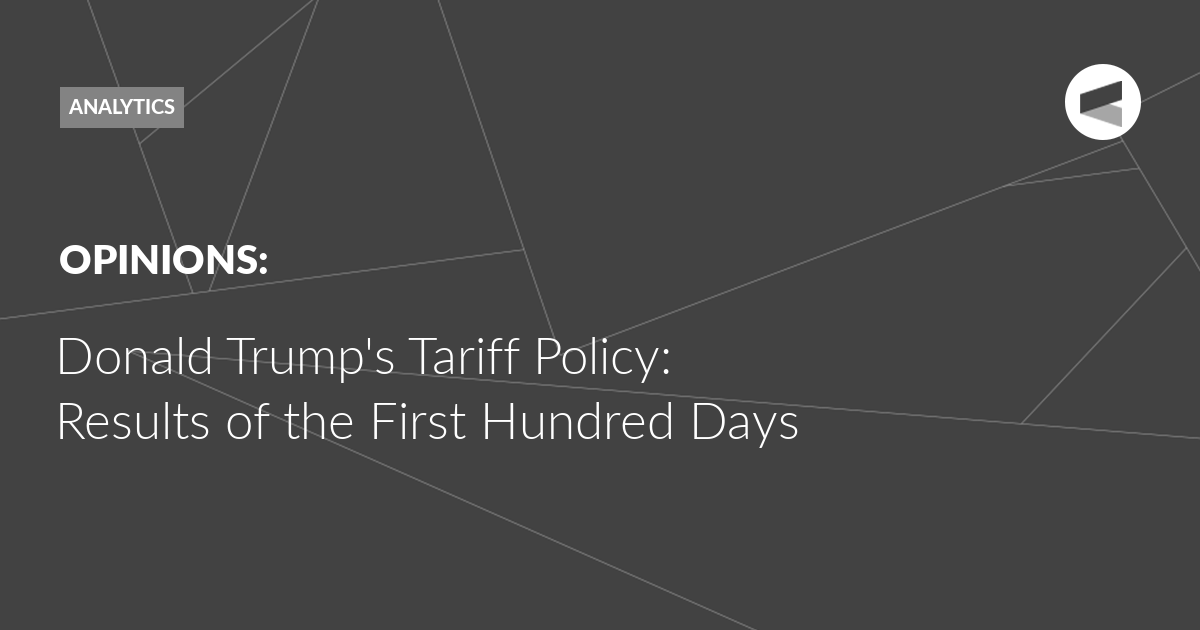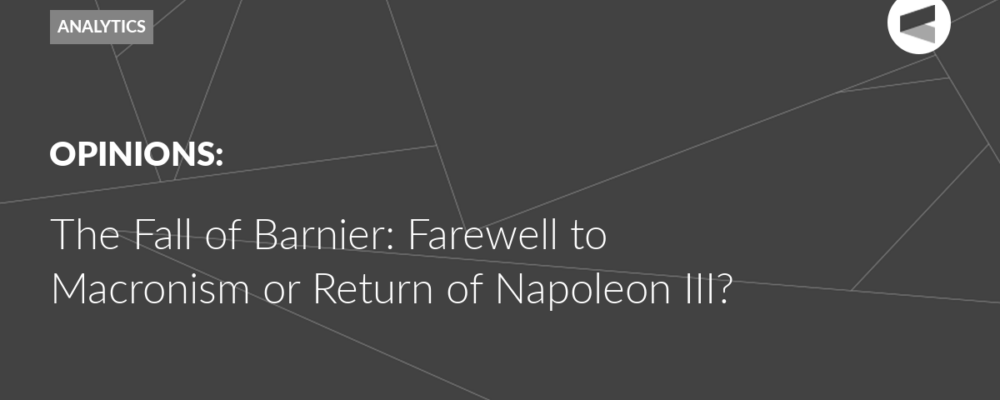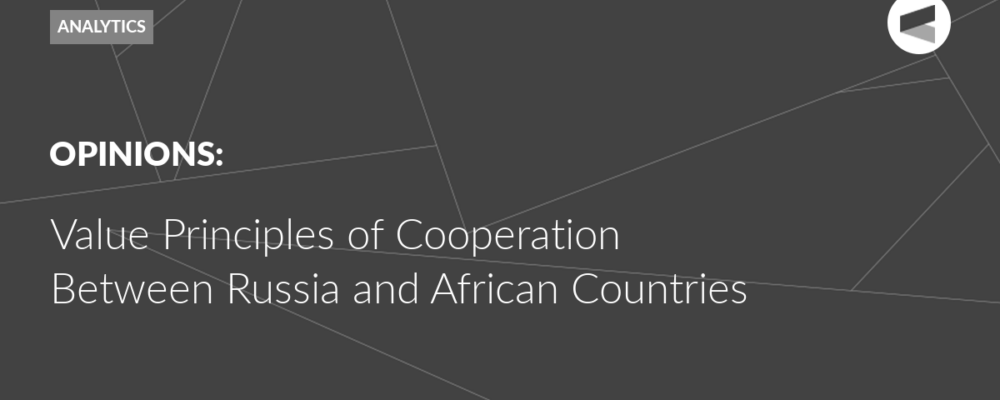One of the most resonant events at the beginning of Donald Trump’s second term in office was the large-scale increase in tariffs on imports to the United States. The new tariff policy affected almost all trading partners, and separate duties were introduced for a group of more than seventy countries. This “trade war against the whole world” became another shock of the first hundred days of the new administration. The new tariffs go far beyond a purely technical step. There is a broader plan behind them – the reindustrialisation of the United States and a reliance on its own forces in industry.
The key document of Trump’s new trade policy was Executive Order 14257, dated April 2, 2025. The legal basis for it is the International Emergency Economic Powers Act of 1977 (IEEPA). Trump declared a state of emergency due to trade imbalances and an unfavourable distribution of production for the United States. The new tariffs are an instrument for responding to this emergency.
Currently, there are 45 states of emergency in the United States, introduced pursuant to the IEEPA. Most of them involve the use of sanctions – that is, restrictive measures in the field of finance and trade. However, historically, sanctions have been used as a stand-alone tool and have rarely included tariffs. They have mostly involved blocking financial sanctions, export controls, and other restrictions. In some cases, tariffs have complemented sanctions, as was the case with the restrictive measures the US introduced against Russia: large-scale financial sanctions, export controls, transport, visa, and other restrictions were reinforced by tariffs on Russian steel. But in general, the sanctions policy and the tariff policy have existed separately from each other. Trump’s new executive order, based on IEEPA standards, at first glance, brings sanctions and tariffs closer together. In fact, they remain different tools. Sanctions serve as a foreign policy tool aimed at forcing the target country to alter its political decision-making, whereas the goal of tariffs remains to obtain economic benefits and influence the trade policies of foreign countries. The pursuit of economic benefits is clearly stated in the document, despite the reference to security issues. Therefore, Trump’s tariff war cannot yet be considered an instrument of sanctions.
Another feature of the document is the detailed conceptual section explaining the reasons and meaning of the new tariff policy. Unlike many other executive orders, which are short and dry documents, Order 14257 is written in the form of a full-fledged doctrine explaining the new policy. Its instrumental goal is to return to the principle of reciprocity in trade, popular during the twentieth century which assumes a balance of exports and imports in bilateral trade relations. In other words, the volume of US imports from country X had to be compensated by the volume of US exports to this country. Currently, according to the preamble to Trump’s order, a situation has arisen where US tariffs are lower or significantly lower than those of other countries. This difference is aggravated by additional protectionist measures used by US trading partners. Among them are licensing restrictions, technical barriers in the form of excessive regulations and requirements, sanitary and phytosanitary measures, an inadequate patent system, investment barriers, production subsidies, monopolistic tendencies, exchange rate controls, tax policy, and corruption. The difference in tariffs has become a factor in the deindustrialisation of the United States: its share in global industrial production from 2001 to 2023, according to the document, decreased from 28.4 to 17.4%. From 1997 to 2024, the United States lost about five million industrial jobs. Deindustrialisation has also become a national security issue. The large-scale provision of military supplies abroad (apparently meaning Ukraine) has exposed a shortage of production capacity and limitations in the rapid replenishment of weapons stockpiles. Over the past five years, the US trade deficit has grown by 40%, reaching 1.2 trillion dollars in 2024. These facts formed the basis for the arguments for introducing a state of emergency and increasing duties.
The tariff change involves two main steps. The first is the introduction of a 10% duty on all goods imported into the United States. The second is additional individual duties on imports for more than 70 countries listed in the appendix to the order. For them, the duties vary depending on the level of the trade imbalance with the United States. However, the new tariffs do not apply to a number of imported goods. Among them are intellectual property specified in IEEPA, steel and aluminium, automobiles and their parts, copper, medicines, semiconductors, critical minerals and energy.
With respect to Canada and Mexico, the benefits provided by the United States-Canada-Mexico Free Trade Agreement (USMCA) are retained. However, Trump has previously increased duties on both countries. Moreover, this was done again through the introduction of a state of emergency in connection with the flow of drugs across the border with Canada and Mexico. Both mechanisms involved the introduction of 25% tariffs, with the exception of energy from Canada, for which the duty was 10%. Executive Order 14257 specifically stipulated that in the event of retaliatory duties, the administration would further tighten American tariffs. And vice versa, in the event of steps to correct the imbalance, the duties could be revised. This “carrot and stick” mechanism was not slow to show itself in action.
“The stick” has been expectedly used, first of all, in relation to China. Attempts to correct the trade balance between the two countries were made by Donald Trump during his first term. At the beginning of his second term, it was China that became the natural and largest target of US trade policy. On February 1 of this year, Trump signed Executive Order 14195. It was issued simultaneously with the similar, aforementioned orders for Canada and Mexico. A state of emergency was introduced in connection with the flow of drugs or raw materials for them from the PRC, and as a retaliatory measure, tariffs on Chinese goods were increased by 10%.
Then, Executive Order 14256 repealed the previously existing exemptions for low-value goods shipped to the United States by mail. In addition, Executive Order 14257 imposed additional 34% tariffs on Chinese goods. China responded by increasing its tariffs proportionally. In response, Trump raised US tariffs to 84% (Executive Order 14259) and increased duties on low-value goods delivered by mail (previously introduced by Executive Order 14256). In response to China’s new round of proportional retaliatory actions to increase tariffs, Trump raised the individual duty on China from 84 to 125% and increased duties on low-value goods. At the same time, individual duties were suspended for 90 days for 75 countries (Executive Order 14266).
It is obvious that today we are only witnessing the beginning of large-scale changes in US tariff policy. But its first stage already allows us to draw at least two conclusions. First, US trade policy is characterised by a high level of securitisation, that is, a link not only with economic issues, but also with security issues. Among them are the revival of US industry and the fight against drug suppliers. The new policy is being implemented in a state of emergency, converging with the sanctions policy. Nevertheless, it is too early to mix tariffs with sanctions, which remain an instrument of foreign rather than trade policy. Second, Trump’s new course is based on a “carrot and stick” principle. The first results speak in favour of its effectiveness. Almost all countries, in relation to which individual tariffs were introduced, entered into negotiations with the US. In relation to China, which introduced retaliatory measures, Washington went for a sharp escalation of tariffs. The big question is to what extent the new tariffs will contribute to the revival of American industry and what price ordinary consumers of goods and services will have to pay.
Another question is to what extent the US-China trade war can escalate, given the continuing level of their interdependence. The answers to these questions will most likely appear within the presidential term of Donald Trump. As for Russia, it is not on the tariff war agenda at all. This is largely due to the fact that trade with the US has come to a near-standstill since the start of the Special Military Operation in 2022. The import of Russian raw materials to the US is prohibited. Most exports are also prohibited. Financial sanctions have paralyzed bank payments, and prohibitive duties are already in effect on steel.
The Valdai Discussion Club was established in 2004. It is named after Lake Valdai, which is located close to Veliky Novgorod, where the Club’s first meeting took place.
Please visit the firm link to site






